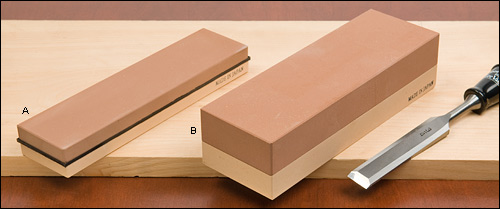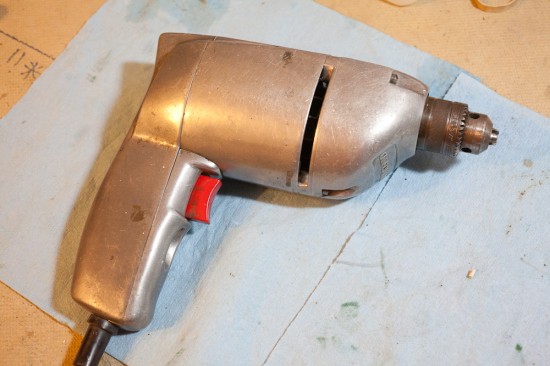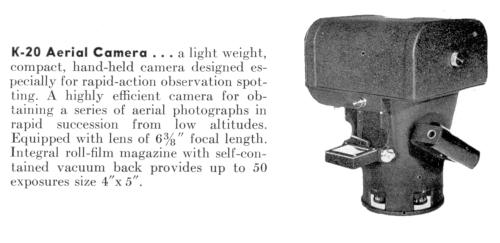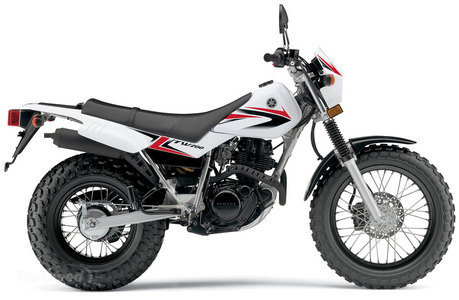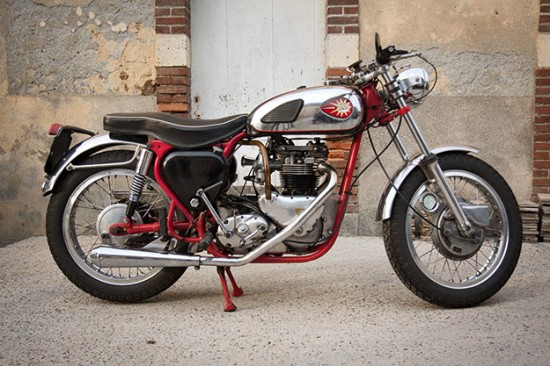I recently finished installing some new lights on my car.
Long story short: In order to register a car less than 15 years old in Canada, it needs to have daytime running lights. American cars usually don’t have them, and my Ohio-Arizona car was no exception. I had to officially import my car from the USA in order to keep valid insurance while I’m up here, so I needed to install DRLs.
I tried a couple of different strategies. The legal requirement is that when the car’s ignition is in the RUN position, a set of approved daytime running lights must be on. The statute has some fairly draconian rules about what is acceptable and what isn’t, and the specific details of how much light output you need etc. change according to how you produce the light. You can turn on your low beams at full power, or your high beams at 40% power, or your turn signals all the time, but they must go out when the headlights are on and in that case they have to be specially qualified lenses…and so on and so on.
So I tried a few different techniques.
Attempt #1: the Ford ZX2 is available in Canada with daytime running lights of the “low beams on all the time” variety, and in the fuse box there’s an empty socket labeled (DRL). Could it be as simple as installing a fuse there? Plug one in and no, of course, it couldn’t be that simple. No dice.
Attempt #2: Maybe there’s an additional module needed to control the DRL systems. That makes sense, since legally the running lights are required to turn off when you have the headlights on. They wouldn’t install this extra module in a car that didn’t have DRLs, because it would be a waste of money. So maybe I can find one of those at a junkyard and snap it right in? Internet searches suggested that there might be a module that fit in the passenger wheel well, but I couldn’t find a clear answer either way so off to the library for the Escort (1996-2002) service manual. I spent a while looking at wiring diagrams. Eventually I concluded that it wasn’t just one module — it was a couple of relays that needed to be installed in different locations, and possibly a different wiring harness for the headlights. I’m certainly not going to rip out the whole harness for something that I can do in a much simpler way, namely:
Attempt #3: Splice a relay directly to the headlights and connect it to something that has power when the ignition is on, like the thermostat or the stereo. I bought a good high-current relay and screwed it behind the left strut tower, and started stripping the wires going into the left headlight. Connected the relay to the headlight and to power, touched the relay trigger to the battery terminal, and….
…the left headlight came on. Not the right. Are you kidding, Ford? You made two separate circuits for two lamps that will never, ever need to be operated separately? What could possibly be the reason for this? You made so many good decisions in this car, too…I love my non-interference engine and those unexpectedly comfortable seats. Why would you do this to the headlights?
Oh well. That means that I have two choices: go back and start stripping the wiring harness much further up the chain, where it’s an inch-thick bundle that I REALLY don’t want to mess with; or make a second splice into the right headlight and run some wires across the engine bay to power it. But why would they be on two separate circuits? Are they fused separately, or something? Maybe there IS a reason the two lamps are on different circuits, and I’d be making a big mistake by connecting them together. Probably should avoid blowing up my ECU.
So…what else can I do? Well, there is one other option…
Attempt #4: Put a whole new set of lights on! I went to Canadian Tire and asked them whether a set of driving lights would qualify as DRLs, provided that I installed them within the right parameters (40-130cm above the ground, as far apart as possible, visible from certain specific angles) and aimed them properly. They said “basically, as long as there’s light on the front of the car when the ignition is on, it counts.” Awesome! So I picked up a set of 3″ driving lights.
Finally, something that’s likely to work. I installed the lights behind the grille, peeking out. I powered them up and measured the light throw with a protractor — they fit within the government requirements. From there it was easy to hook them to the relay I’d already installed for the headlights, and aside from a minor headache trying to get the relay trigger through the firewall’s rubber cable boot (pro tip: tape the wire to a barbecue skewer and use it like a giant needle) it was straightforward to get the lamps going. Find something in the fusebox that’s live when in RUN and dead at other times, splice into that, and ta-da, new DRLs! Full compliance with Canadian MVSS regulations, and I hooked it up so that they go off with the low beams but come on again in parallel with the high beams for maximum illumination. Oh, and when they’re off, it makes the car look like it has little fangs. Cute.
Fun fact: I don’t actually know what I connected the relay to. I just measured things with my multimeter until I found one set of contacts that worked the way I wanted them to. I think it might be the positive line to the fuel pump but without going back to get the wiring diagrams I can’t be sure.
So with that, and the other various things I had to do to get the car registered up here…I now have a completely legal Canadian car that also still has its US federal compliance sticker. Hallelujah! I can bring it back and forth across the border and register it in either country with minimal hassle, wherever I end up going. It’s a dual citizen, just like me.
Filed under: misc by silvan
No Comments »
